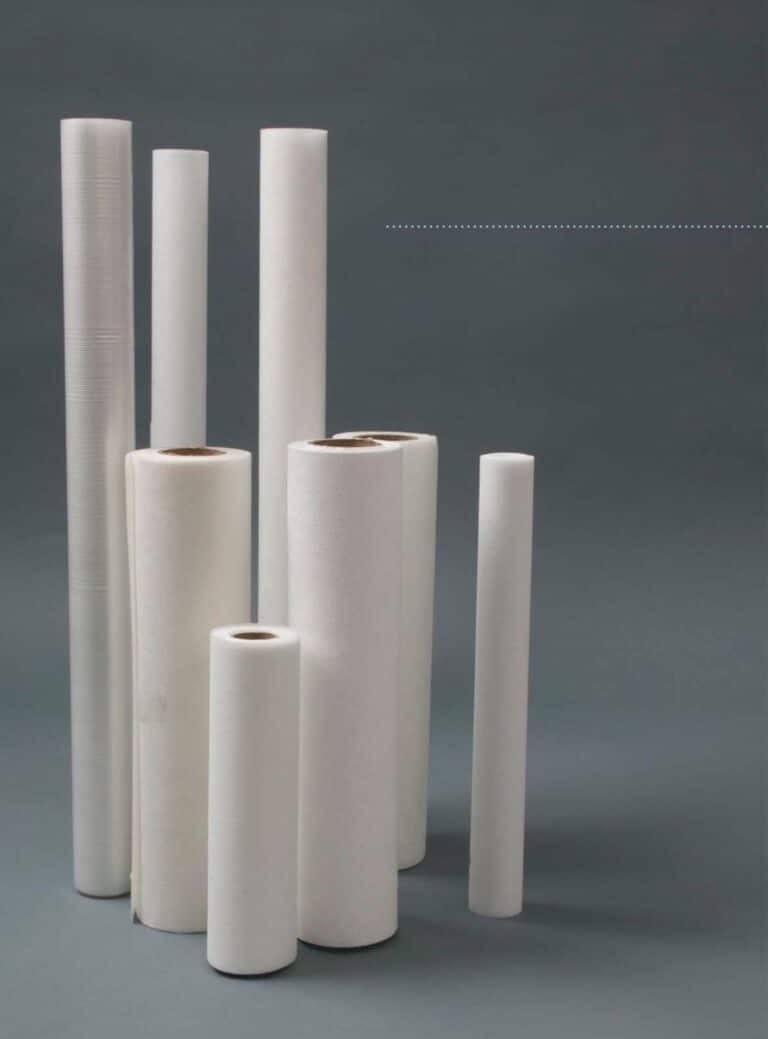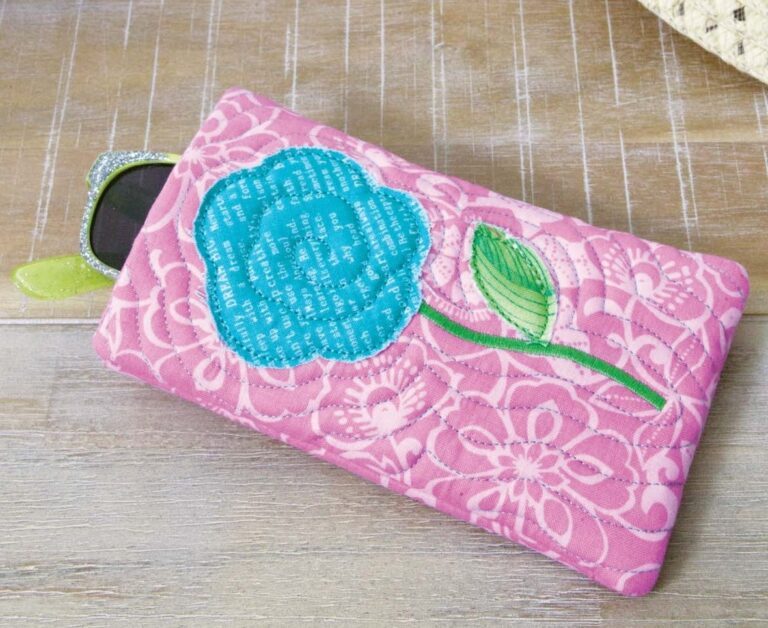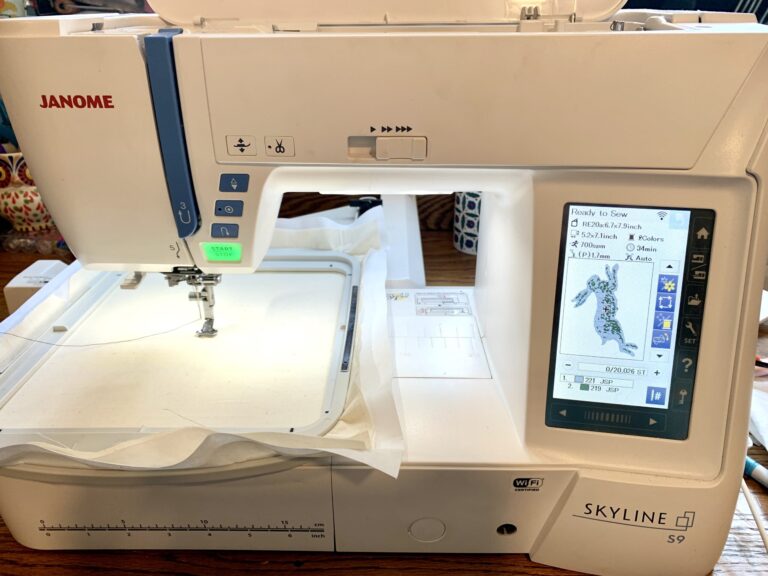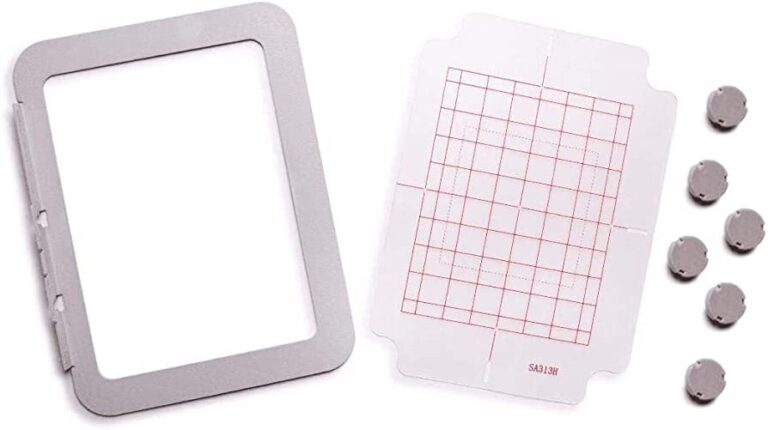How to Properly Path Embroidery Designs while Digitizing For Better Results
Embroidery digitizing is the process of converting a design or image into a digital file that can be stitched onto fabric using an embroidery machine. Pathing is an important part of the digitizing process that determines the sequence in which the machine will stitch the design. Proper pathing ensures that the design is stitched accurately and efficiently, with minimal thread breaks and a professional finish.
In this article, we’ll cover the basics of pathing embroidery designs and provide tips for optimizing your pathing for better results.
-
Start with a Clear Design
Before you begin digitizing, make sure your design is clear and well-defined. This will make it easier to create a path that accurately reflects the design and reduces the risk of mistakes.
-
Consider the Fabric
The type of fabric you’re working with can also affect your pathing. Heavier fabrics like denim or canvas may require a different pathing approach than lightweight fabrics like cotton or silk. Make sure to take the fabric weight into account when digitizing and pathing your design.
-
Determine the Stitch Direction
One of the most important considerations in pathing is the stitch direction. This refers to the direction in which the machine will stitch each part of the design. Generally, you want to stitch in the same direction as the fabric grain to prevent distortion or puckering.
-
Plan Your Pathing
Once you’ve determined the stitch direction, it’s time to plan your pathing. Start by dividing your design into logical sections and creating a path for each section. You’ll want to consider factors like color changes, stitch density, and stitch direction when planning your path.
-
Optimize Your Pathing
To optimize your pathing, try to minimize jumps and reduce the number of times the machine has to stop and start. This can help reduce thread breaks and speed up the stitching process. You can also use tie-ins and tie-outs to secure the thread and prevent it from unraveling.
-
Test Your Pathing
Before stitching your design onto your fabric, it’s a good idea to test your pathing on a piece of scrap fabric. This will give you a chance to identify any potential issues or areas for improvement before you start your actual project.
-
Fine-Tune as Needed
Even the most experienced digitizers and pathers may need to make adjustments as they go. Don’t be afraid to fine-tune your pathing as needed to achieve the best possible results.
In conclusion, proper pathing is an essential part of the embroidery digitizing process that can make a big difference in the final results. By taking the time to plan your pathing carefully and make adjustments as needed, you can create beautiful, professional-looking embroidery designs with minimal effort and maximum efficiency.
Related Posts
Discover relevant articles, tutorials, and tips to improve your skills and explore new techniques.
Stay inspired and connected to our embroidery community.






